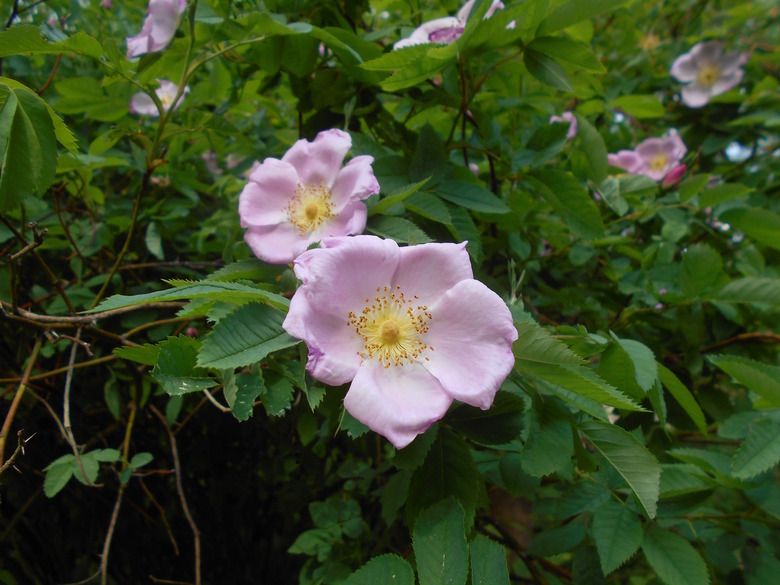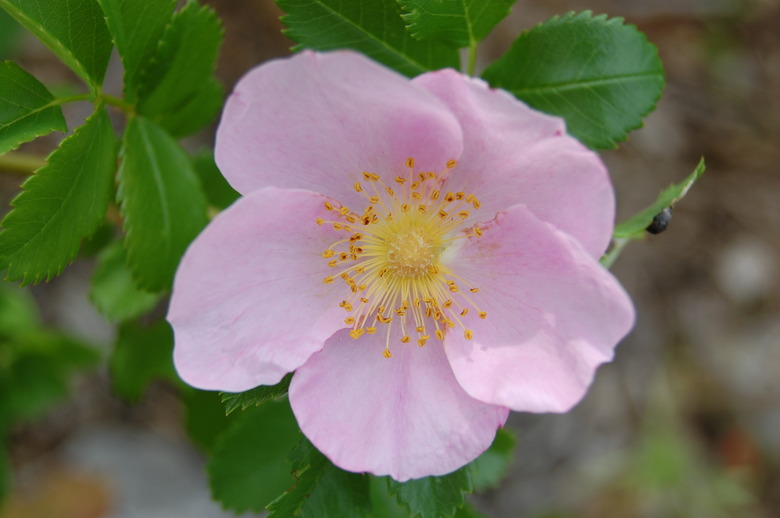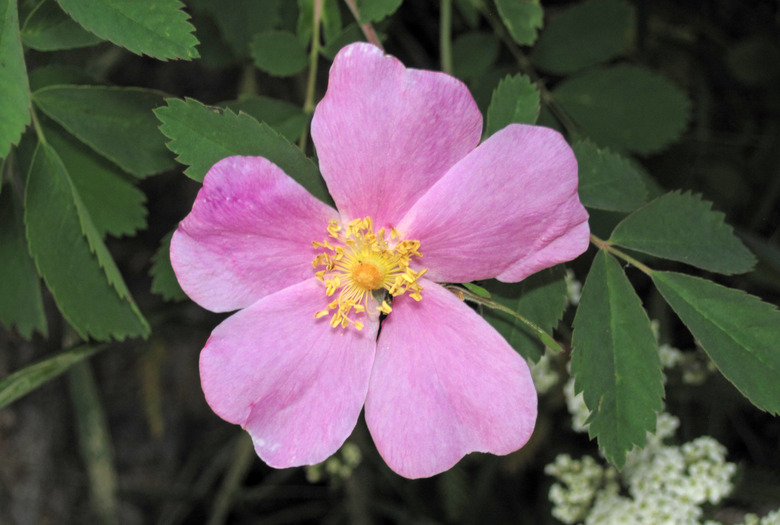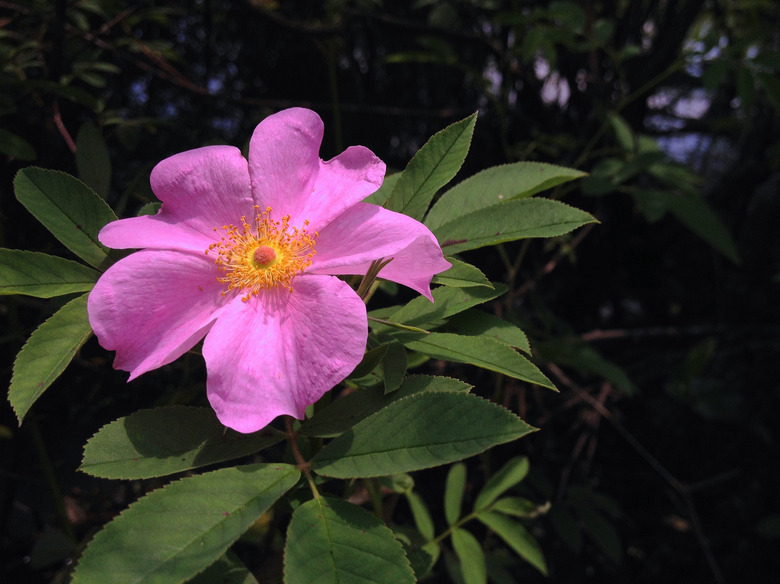How To Care For Wild Rose Bushes
Wild roses are native plants with more than 20 species in the U.S. Wild rose bushes are shrubby wildflowers that grow in the wild; they are not cultivated, propagated or hybridized.
Some wild rose plants (Rosa spp.) thrive in wetlands, while some are native to dry areas. Some appreciate a balanced pH, while some prefer acidic soil. However, many have common characteristics.
About Wild Roses
Native roses usually have an upright growth habit and produce arching or trailing canes, almost always protected by thorns.
The leaves are alternate growing on the stem, forming prominent stipules, a small leafy appendage just below a leaf cluster. The flowers are always single instead of the double flowers featured in many cultivated rose varieties.
Types of Wild Roses
Of the 20+ species of wild roses in the U.S., some are rare, but others have attracted the attention of gardeners.
Carolina Rose
Carolina rose, also called pasture rose (Rosa carolina, USDA hardiness zones 4 to 9), is native to eastern and central North America. Depending on environmental conditions, it can be tiny (as small as 6 inches!) or reach 5 feet tall and just as wide.
Its flowers are either pink or white, growing from 1 to 3 inches in size. Carolina rose spreads via suckers.
**Specific growing requirements:** The Carolina rose can grow in various soils, including clay, loam, sand or rocky soils.
Woods' Rose
Woods' rose (Rosa woodsii, zones 3 to 8) is also known as Western wild rose and interior rose. This rose can grow from 2 to 10 feet tall with canes that may or may not sport straight or somewhat curved thorns.
The flower color is purple or pink in multiple shades and with a strong fragrance. Once spent, they produce rose hips high in vitamin C and other nutrients prized by wildlife.
**Specific growing requirements:** This rose prefers a somewhat sandy loam with moderate fertility, so avoid any area that retains water or has clayish soil.
Swamp Rose
Swamp rose (Rosa palustris, zones 4 to 9) appreciates boggy, moist landscapes with acidic soil. It can't thrive in standing water but can tolerate some flooding.
It has pink flowers, and when the blooms fade, they produce small, pea-sized red rose hips, which are food for birds and other wildlife.
Specific growing requirements: The swamp rose must have highly fertile soil with a lot of organic matter, hence its preference for bogs. It grows best in a pH below 6.0. If you are caring for this rose, get a soil test and then add aluminum sulfate or sulfur to your soil to lower the pH if necessary.
Caring for Wild Roses
Aside from specific growing requirements or different zone and climate needs, all wild roses—indeed, most cultivated roses as well—require certain cultural conditions to thrive:
- **Full sun:** While wild roses tolerate partial shade, they grow more vigorously and produce more blooms in full sun.
- **Good air circulation:** Many roses, including those in the wild, are susceptible to fungal diseases. Wild roses should be situated and pruned to avoid crossing and compacted branch structures.
- **Well-draining soil:** Roses don't like wet feet (except the swamp rose, which can tolerate saturated soil for a short period). Too-wet soil creates conditions conducive to various types of root rot.
- **Regular winter pruning:** If you are growing any species of wild rose in your home garden, prune it in late winter or early spring before new growth appears to control its growth and shape and improve air circulation.



